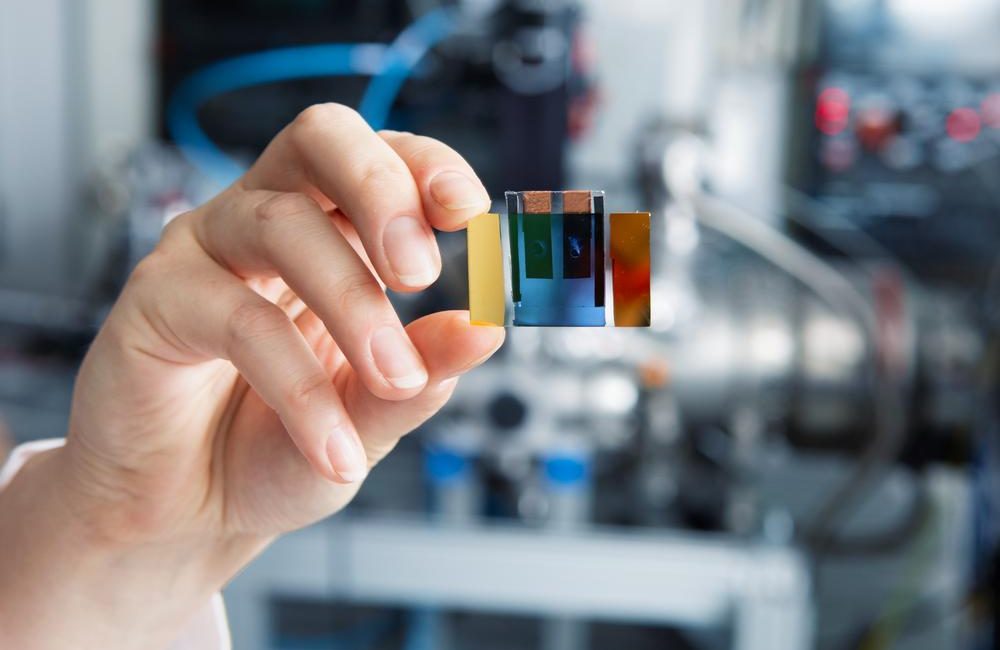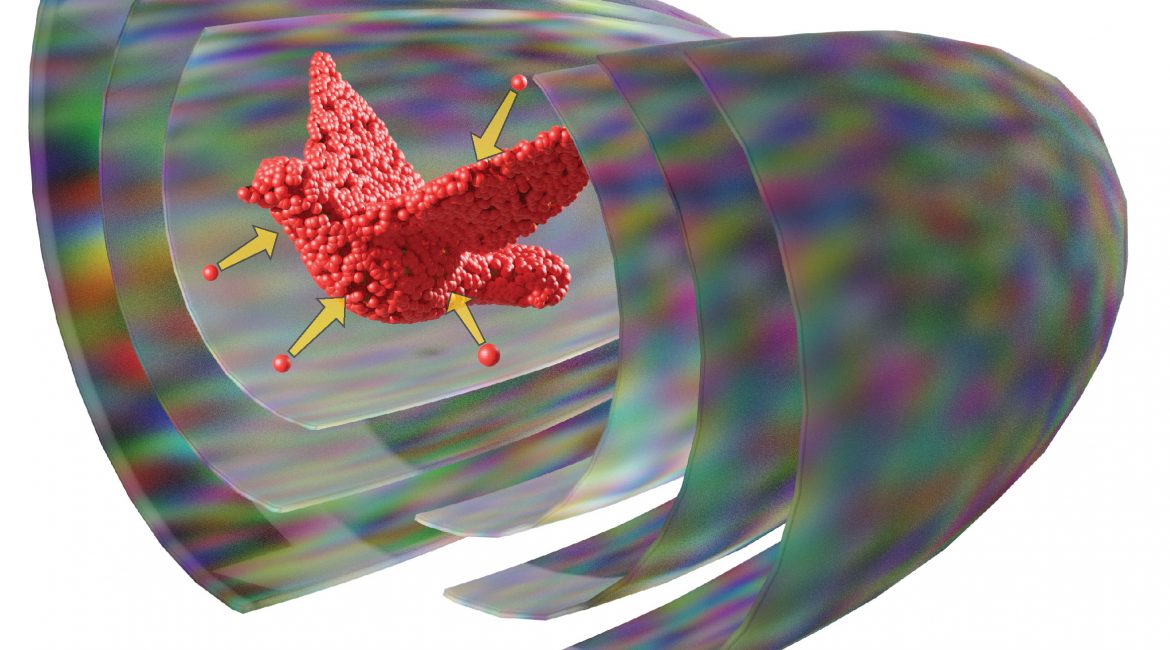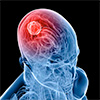Feb 10, 2023 (Nanowerk News) Put on a virtual reality headset and, chances are, it will look like you are viewing the world through a screen door. Current flat panel displays use pixels that are visible to the naked eye, along with small bits of unlit dark space between each...
Finely-tuned quantum dots enhance nonlinear optics
Feb 10, 2023 (Nanowerk News) Quantum dots are semiconductor particles measuring just a few nanometres across, which are now widely studied for their intriguing electrical and optical properties. Through new research published in EPJ B ("Third-order nonlinear susceptibility in CdS/Cdx1Zn1-x1S/ZnS multilayer spherical quantum dot,"), Kobra Hasanirokh at Azarbaijan Shahid Madani...
High-efficiency water splitting process revealed
Feb 10, 2023 (Nanowerk News) Experiments at DESY’s light sources PETRA III and FLASH have revealed the complex mode of action behind the artificial splitting of water at its most efficient level. Using X-rays, a team led by DESY leading scientist Simone Techert managed to observe the interaction of water...
New diagnostic test is 1,000 times more sensitive than conventional tests
Feb 10, 2023 (Nanowerk News) When Srikanth Singamaneni and Guy Genin, both professors of mechanical engineering and materials science at the McKelvey School of Engineering at Washington University in St. Louis, established a new collaboration with researchers from the School of Medicine in late 2019, they didn’t know the landscape...
Scientists use AI to find new method for targeted design of molecules
Feb 10, 2023 (Nanowerk News) Engineering novel molecules and materials with specific properties can yield significant advances for industrial processes, drug discovery and optoelectronics. However, the search for novel molecules and materials is comparable to looking for a needle in a haystack, since the number of molecules in chemical space...
When editing bacteria with CRISPR, less is more
Feb 09, 2023 (Nanowerk News) Systematically attenuating DNA targeting activity can achieve CRISPR-driven editing in bacteria, greatly boosting colony counts and even increasing the frequency of precise genome editing. This was shown in a study of the Helmholtz Institute Würzburg (HIRI) in collaboration with the Helmholtz Centre for Infection Research...
Discovery dramatically reduces time it takes to build molecules
Feb 09, 2023 (Nanowerk News) With a big assist from artificial intelligence and a heavy dose of human touch, Tim Cernak’s lab at the University of Michigan made a discovery that dramatically speeds up the time-consuming chemical process of building molecules that will be tomorrow’s medicines, agrichemicals or materials. The...
Creating 3D objects with sound
Feb 09, 2023 (Nanowerk News) Scientists from the Micro, Nano and Molecular Systems Lab at the Max Planck Institute for Medical Research and the Institute for Molecular Systems Engineering and Advanced Materials at Heidelberg University have created a new technology to assemble matter in 3D. Their concept uses multiple acoustic...
Researchers develop nanoparticle-based treatment for glioblastoma
Feb 09, 2023 (Nanowerk News) A team of researchers, including those at the University of Connecticut, has developed a nanoparticle-based treatment that targets multiple culprits in glioblastoma, a particularly aggressive and deadly form of brain cancer. The results, a collaboration between UConn and Yale University, were published in Science Advances...









